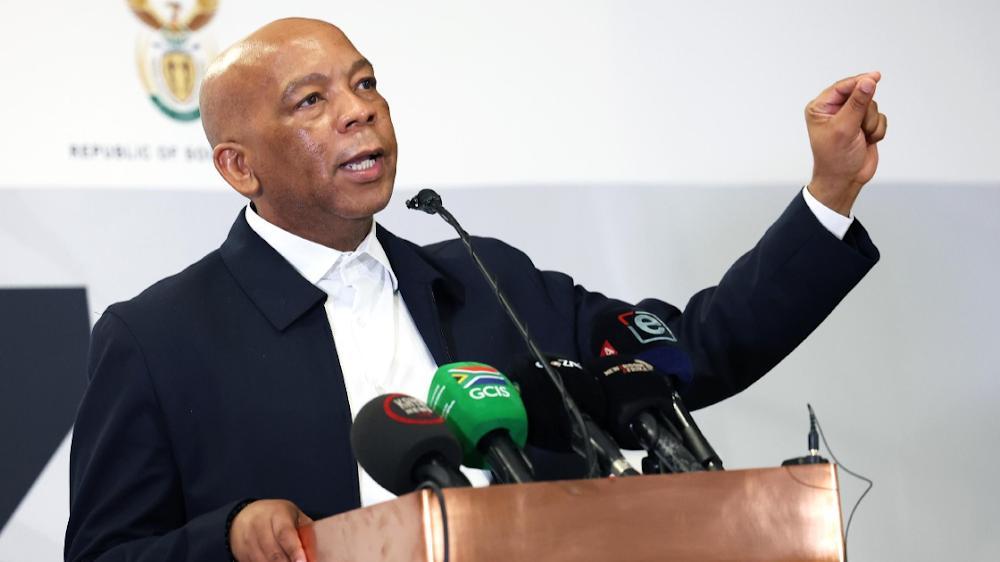Africa-Press – South-Africa. Electricity and energy minister Kgosientsho Ramokgopa says South Africa has moved beyond structural load-shedding and expressed confidence in Eskom’s winter outlook despite the implementation of stage 2 load-shedding this week.
Ramokgopa provided an update on the status of electricity generation performance on Wednesday.
On Tuesday Eskom announced the implementation of stage 2 load-shedding from 4pm to 10pm on Tuesday and Wednesday.
The power utility said the measure was necessary to manage limited generation capacity and ensure continued electricity supply during working hours.
Ramokgopa said winter is being approached from a stronger generation capacity standpoint compared with 2024.
Koeberg unit 2 was synchronised to the grid on December 30 after an extensive outage and Koeberg unit 1 is now on outage as part of compliance requirements.
This is in keeping with the long-term operation, the extension obtained “from the operator to grant us an additional 20 years of operation and though it’s [unit 1] out we are projecting it is going to come back in July, when we’ll be at the peak of winter”.
“During this winter we’re going to have the benefit of all of the Koeberg units, at least by July. We synchronised Kusile unit 6 to the grid on March 26, so that’s additional capacity we have on the grid, about 800MW.”
However, Ramokgopa acknowledged that despite these structural improvements, unplanned maintenance setbacks have affected the ability to meet energy demands, necessitating load-shedding.
The primary issue lies in “outage slips”, where units scheduled to return to service after maintenance failed to do so on time, amounting to a shortfall of 3,100MW.
Ramokgopa attributed the delays to challenges with third-party contractors and original equipment manufacturers (OEMs).
“Those units have not come back as a result of a multiplicity of reasons. Some of them had to do with the third-party players, the contractors, the OEMs, that have not delivered,” he said.
Eskom CEO Dan Marokane also emphasised the winter plan forecast remains valid despite recent challenges.
“Our forecast in the winter plan, as we explained last week, remains valid,” he said.
“We indicated the base case for unplanned losses has moved down to 13,000MW based on the performance of the fleet in the past financial year. This improved performance allowed for a prolonged period of no load-shedding, which resulted from the intense work done by our teams.”
Marokane said the recent implementation of stage 2 load-shedding was due to maintenance delays, particularly the inability to return units on the planned dates.
“We indicated that by the middle of May the anticipation is to have planned maintenance below 5,000MW and gradually towards 4,000MW. We are already below 5,000MW [but] we’re not seeing the benefit of that because we’ve got the slippages we have to deal with.”
He highlighted that the main areas of focus are six units at Duvha, Hendrina, Kriel, Medupi and Tutuka, with teams working hard to bring them back into operation.
For More News And Analysis About South-Africa Follow Africa-Press






